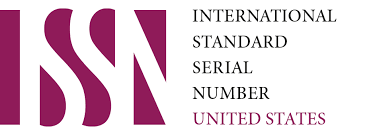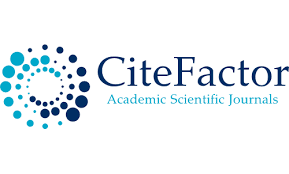From Theory to Practice: The Role of Psycholinguistics in Teaching English
Keywords:
psycholinguistics, English language teaching, UzbekistanAbstract
This article explores the integration of psycholinguistic principles in the teaching of English in Uzbekistan, a context characterized by its unique linguistic and cultural landscape. It begins by defining psycholinguistics and its relevance to language teaching, followed by an examination of the historical development of the field and its key concepts. The discussion then shifts to the specific context of Uzbekistan, highlighting the linguistic diversity, cultural considerations, and cognitive challenges faced by Uzbek students learning English. The article reviews successful global examples of English teaching programs that have incorporated psycholinguistic approaches, analyzing their materials and methods. It further discusses the challenges and opportunities in applying these approaches in Uzbekistan, including the role of technology and digital media. Finally, the article concludes with recommendations for educators, policymakers, and suggestions for future research, emphasizing the potential of psycholinguistics to enhance English language education in Uzbekistan
References
Baddeley, A. (1992). Working Memory. Science, 255(5044), 556-559.
Charos, K. (2021). Modern methods of teaching English in Uzbekistan. ACADEMICIA: An International Multidisciplinary Research Journal, 11(8), 67-71.
Chomsky, N. (1959). Review of Verbal Behavior by B.F. Skinner. Language, 35(1), 26-58.
Chomsky, N. (1965). Aspects of the Theory of Syntax. MIT Press.
Ellis, R. (2005). Principles of Instructed Language Learning. System, 33(2), 209-224.
Field, J. (2003). Psycholinguistics: A Resource Book for Students. Routledge.
Fodor, J. A., Bever, T. G., & Garrett, M. F. (1974). The Psychology of Language: An Introduction to Psycholinguistics and Generative Grammar. McGraw-Hill.
Frazier, L. (1987). Sentence Processing: A Tutorial Review. Attention and Performance XII, 559-586.
Gass, S. M., & Selinker, L. (2008). Second Language Acquisition: An Introductory Course (3rd ed.). Routledge.
Grosjean, F. (1982). Life with Two Languages: An Introduction to Bilingualism. Harvard University Press.
Harley, T. A. (2001). The Psychology of Language: From Data to Theory. Psychology Press.
Hasanova, D. (2007). Broadening the boundaries of the Expanding Circle: English in Uzbekistan. World Englishes, 26(3), 276-290.
Hasanova, D. (2007). Teaching and learning English in Uzbekistan. English Today, 23(1), 3-9.
Hasanova, D., & Shadieva, T. (2008). Implementing communicative language teaching in Uzbekistan. TESOL quarterly, 42(1), 138-143.
Kosimov, A. (2022). The importance of choosing appropriate assessment tools in language teaching and its impact to second language acquisition. British View, 7(1).
Labov, W. (1972). Sociolinguistic Patterns. University of Pennsylvania Press.
Levelt, W. J. M. (1989). Speaking: From Intention to Articulation. MIT Press.
Lightbown, P. M., & Spada, N. (2013). How Languages are Learned (4th ed.). Oxford University Press.
Mahmudov, N. (2022). The Impact of Word Acquisition on the Language Landscape of The World. Journal of Pharmaceutical Negative Results, 6236-6242.
Miller, G. A., & Chomsky, N. (1963). Finitary Models of Language Users. In Handbook of Mathematical Psychology.
Niyozov, S. (2008). Understanding pedagogy: Cross-cultural and comparative insights from Central Asia. Comparative and international education: Issues for teachers, 133-159.
Poeppel, D. (2012). The Neural Basis of Language Acquisition. Annual Review of Neuroscience, 35, 161-182.
Traxler, M. J. (2012). Introduction to Psycholinguistics: Understanding Language Science. Wiley-Blackwell.
Vokhidov, A. T. (2023). Transformational shifts in linguistic policies and pedagogy: a deep dive into the philological universities of Uzbekistan. Current research journal of philological sciences, 4(10), 43-49.
Xayitmuratovna, E. N. (2023). Language and intercultural communication in Uzbekistan. Образование наука и инновационные идеи в мире, 30(2), 80-83.
Downloads
Published
Issue
Section
License

This work is licensed under a Creative Commons Attribution-NonCommercial 4.0 International License.
User Rights
Under the Creative Commons Attribution-NonCommercial 4.0 International (CC-BY-NC), the author (s) and users are free to share (copy, distribute and transmit the contribution).
Rights of Authors
Authors retain the following rights:
1. Copyright and other proprietary rights relating to the article, such as patent rights,
2. the right to use the substance of the article in future works, including lectures and books,
3. the right to reproduce the article for own purposes, provided the copies are not offered for sale,
4. the right to self-archive the article.












